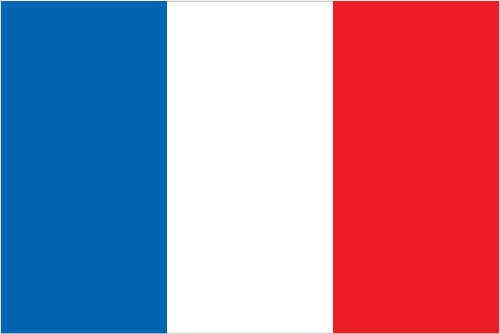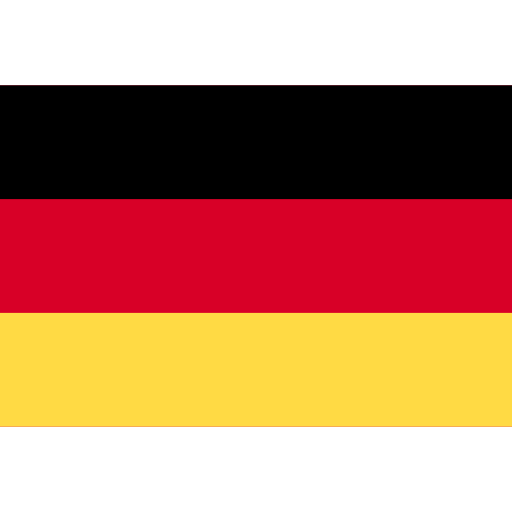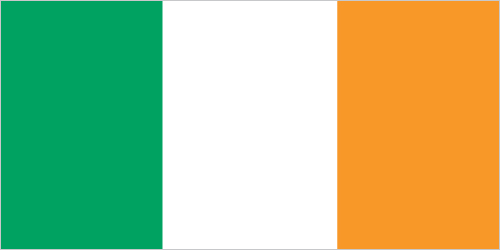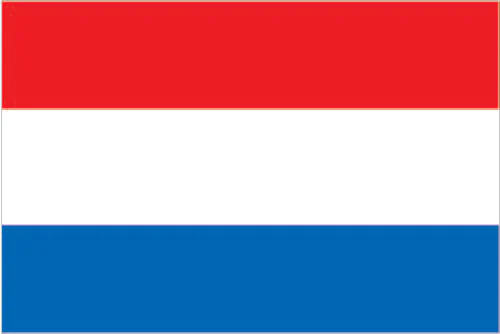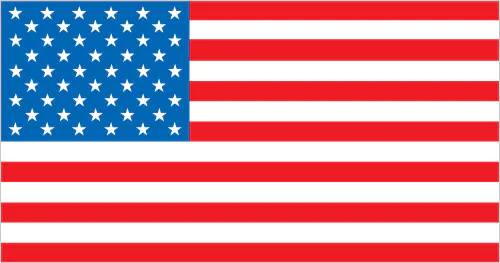The latest reading of the barometer index indicates positive growth, with a rise from 92.2 in March to 95.6. However, it remains below the baseline value of 100, indicating a below-trend stabilisation and the early stages of an upturn in merchandise trade volumes. Despite these positive developments, the barometer’s component indices present mixed signals, suggesting a potentially uncertain road to trade recovery.
The Goods Trade Barometer serves as a composite leading indicator for global trade, offering real-time insights into merchandise trade’s trajectory relative to recent trends. A barometer value exceeding 100 indicates above-trend trade volumes, while a value below 100 suggests that goods trade has either fallen below trend or is likely to do so in the near future.
In the fourth quarter of 2022, merchandise trade volume experienced a decline of 2.4% compared to the previous quarter and a 0.8% decrease compared to the same period in the previous year. The Q4 slump was influenced by various interconnected factors, including the ongoing war in Ukraine, persistently high inflation in advanced economies, and global tightening of monetary policy.
Although the easing of pandemic controls in China since December 2022 appeared to boost port traffic, reduced vessel traffic in Europe outweighed this effect. Preliminary data indicates that trade remained depressed in Q1 of 2023. However, the recent increase in export orders suggests a rise in demand for traded goods expected in the second quarter. These findings align with the World Trade Organization’s latest trade forecast issued on 5 April, projecting 1.7% growth in world merchandise trade for 2023.
Currently, the barometer’s component indices present a mixed picture. The automotive products index (110.8) has significantly surpassed the trend due to strong sales in the United States and Europe. The highly predictive export orders index (102.7) has also returned above trend following a dip caused by the outbreak of war in Ukraine. In contrast, the indices representing container shipping (89.4), air freight (93.5), and electronic components trade (85.2) continue to indicate weakness.
The index of raw materials trade (99.0), on the other hand, finished just below trend. The combination of positive and negative indicators contributes to a less certain short-term outlook than usual.



